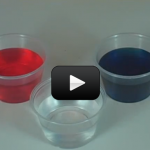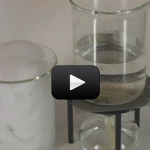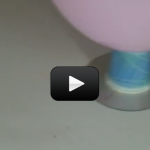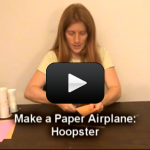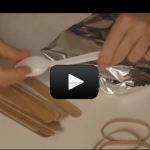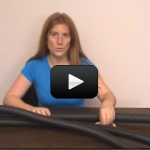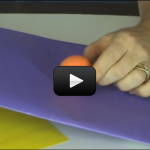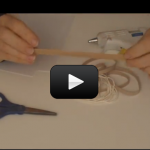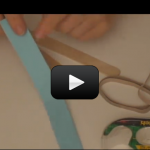Getting Started with Physics
Drop a ball, roll it down the driveway, bounce it to the ceiling... all of these are fascinating to a child in the Preschool years!You don't need much in terms of equipment for doing real science with kids at this age. In fact, the most important thing you can do with your child is to get them to two important things:
First, teach them to get curious about the world around them and help them ask questions about what they observe. Kids that spend more time outside and with real materials (not watching a screen) are able to learn this skill much more easily.
Next, help them to discover new ways of answering their own questions. Ask them things like: "Did it go too fast? How can we slow it down?" will elicit their own ideas for solving their own problems.
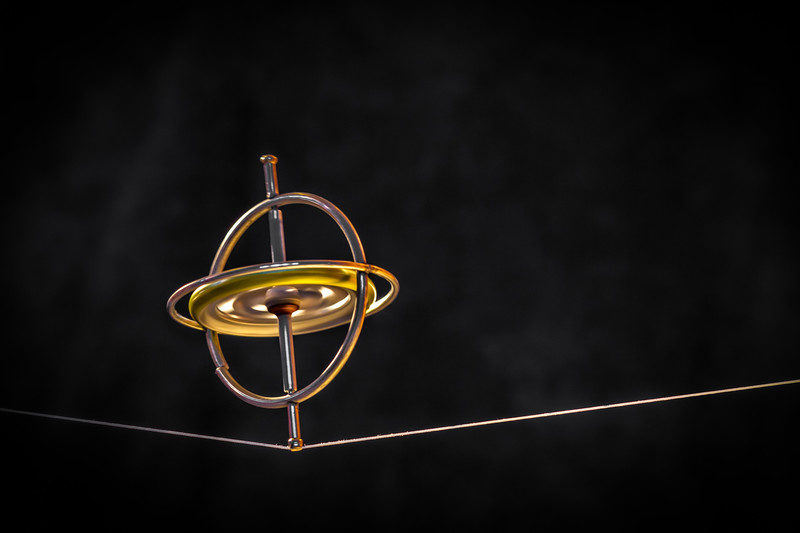
In this section, you'll find a collection of introductory experiments that get kids excited and interested in the world of physics. Your child will build roller coasters, play homemade musical instruments, slingshot fast catapults, fly gravity-defying airplanes, build a simple hovercraft, and play with the different states of matter as they explore, discover, and pique their curiosity and wonder as they step into science!
Here are the scientific concepts:
- Pushes and pulls can have different strengths and directions.
- Pushing or pulling on an object can change the speed or direction of its motion and can start or stop it.
- When objects touch or collide, they push on one another and can change motion.
- A bigger push or pull makes things go faster.
- A situation that people want to change or create can be approached as a problem to be solved through engineering. Such problems may have many acceptable solutions
- Properties of materials can be observed, measured and predicted.
- Objects can be described in terms of the materials they are made of (clay, cloth, paper, etc.) and their physical properties (color, size, shape, weight, texture, flexibility, attraction to magnets, floating and sinking, etc.)
- Water can be a liquid or a solid and can be made to change back and forth from one form to the other.
- Water left in an open container evaporates (goes into the air), but water in a closed container does not.
- Objects roll down a ramp when placed at the top, and their speed at the bottom depends on how high up the object starts.
By the end of the labs in this unit, students will be able to:
- Identify and describe the physical properties of solids and liquids.
- Practice common techniques that field scientists use in their science journals.
- Describe the relative position of objects using one reference (e.g., above or below).
- Compare and sort common objects based on one physical attribute (including color, shape, texture, size, weight).
- Communicate observations orally and in drawings.

